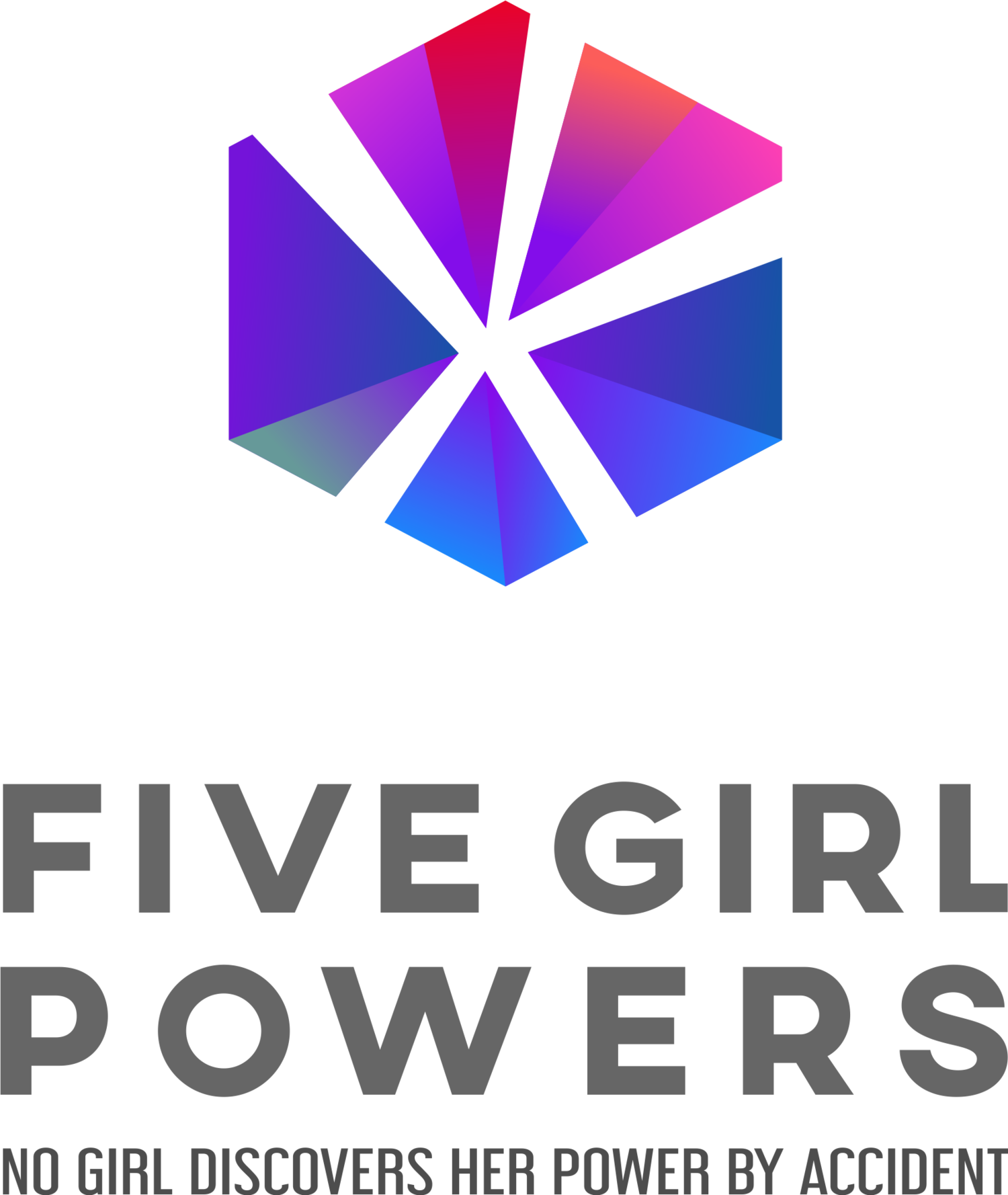Defining Play: Public Speaking Skills
Introduction:
“Speaking While Female” (SWF), a recently coined term, diagnoses the problem of women being interrupted and silenced in corporate environments. Whether it’s being constantly interrupted or a fear of being perceived as too aggressive, being silenced comes at a cost. This can be missed opportunities to share promotion-landing ideas or feeling chronically excluded in a workplace culture. For many girls, long before they encounter being silenced in the workplace, a fear of speaking up takes root. Speaking up in class becomes problematic for many. But a girl needs to understand that speaking out – in public or in a small group setting – gives her valuable cultural currency, a tool for being able to help alternate between differing cultural norms for behavior. This activity prompts practice in speaking up with confidence and provides context for ways the broader culture can make it challenging for a girl to do so.
Conversation Tips:
Tell her about a time where you felt great about speaking in public – a small group counts. Tell her about a time where you felt lousy about speaking in public. Explain what helps you overcome your fear or hesitance in speaking up. Teach her about phenomena such as “Speaking While Female” and “The Imposter Syndrome."
Goals:
• Develop a deeper understanding of the importance of public speaking as cultural currency
• Develop a fresh understanding of ways to practice public speaking so she’s less likely to silence herself
Do This Together:
1. Ask, what is an issue she cares deeply about? Why? It’s helpful to ask open-ended questions; you are aiming for deeper responses and explanations instead of yes or no answers. Draw on a past conversation where she expressed a passion to get her thinking about issues she’d want to speak up about.
2. Ask her to develop a 2-3 minute personal story that sums the issue. Teach her to tell a simple, personally meaningful story – one that is concrete and personal – before she inserts data she knows.
3. Challenge her to practice it in front of you. For many girls, a huge part of confidence comes from speaking truths to a friendly, even possibly like-minded audience first. Developing confidence in her idea will make her less concerned with “likeability”. A huge part of practice is working through the emotions – the fear – that diminish her confidence, and teaching her to name her fears as she moves through them.
4. Listen actively and give feedback. Stay focused on what she is saying. Bookend praise – “your point about the rainforest was crystal clear” with critique – “next time shorten the part about China’s role in climate change because you lost me.”
5. Now read Power Play and the skills that it takes to build this power. Closing question: What is a skill she needs to develop related to this power? Who can help her?
